Four Probe Set Up FP-01N/ FP-01C
Product Details:
- Material Electronics
- Usage Laboratory Experiment
- Weight 25 Kg Kilograms (kg)
- Color Grey
- Application Laboratory Experiment
- Display Type Digital
- Click to View more
Four Probe Set Up FP-01N/ FP-01C Price And Quantity
- 1 Set
Four Probe Set Up FP-01N/ FP-01C Product Specifications
- Grey
- 25 Kg Kilograms (kg)
- Laboratory Experiment
- Laboratory Experiment
- Electronics
- Digital
Four Probe Set Up FP-01N/ FP-01C Trade Information
- Cash Against Delivery (CAD), Cash on Delivery (COD), Cash Advance (CA), Cash in Advance (CID), Cheque, Delivery Point (DP), Telegraphic Transfer (T/T)
- 100 Set Per Month
- 1 Week
- Contact us for information regarding our sample policy
- Complete in all respect
- Asia, Australia, North America, South America, Eastern Europe, Western Europe, Middle East, Central America, Africa
- All India
- ISO 9001: 2015 CE
Product Description
Four Probe Set Up FP-01N/ FP-01C
Working with tremendous effort and scope of growth, we are engaged as manufacturer, supplier and exporter of Four Probe Set Up in Roorkee, Uttarakhand, India.
Description
The Four Probe Method is one of the standard and most widely used method for the measurement of resistivity. In its useful form, the four probes are collinear. The error due to contact resistance, which is significant in the electrical measurement on semiconductors, is avoided by the use of two extra contacts (probes) between the current contacts. In this arrangement the contact resistance may all be high compare to the sample resistance, but as long as the resistance of the sample and contact resistance's are small compared with the effective resistance of the voltage measuring device (potentiometer, electrometer or electronic voltmeter), the measured value will remain unaffected. Because of pressure contacts, and 2 way motion, the arrangement is specially useful for quick measurement on large samples at room temperature.
Description of Experimental Set-up
(i) Four Probe Arrangement with X-Y movement and vernier scales, FPA-FP-01
(ii) Standard Samples: Ge, Si and Aluminium, FPS-SET-3
(iii) Control Unit of Four Probe Setup, DFP-RM-200N
(iv) Computer Aided Measurement Module, SES-CAMM (Optional-Extra)
Complete in all respect.

Price:
- 50
- 100
- 200
- 250
- 500
- 1000+
 English
English Spanish
Spanish French
French German
German Italian
Italian Chinese (Simplified)
Chinese (Simplified) Japanese
Japanese Korean
Korean Arabic
Arabic Portuguese
Portuguese
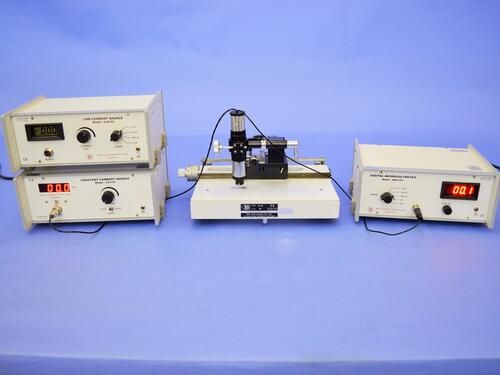
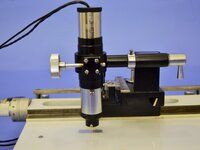
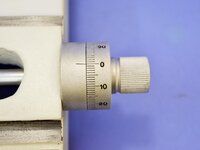
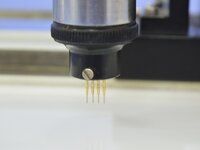





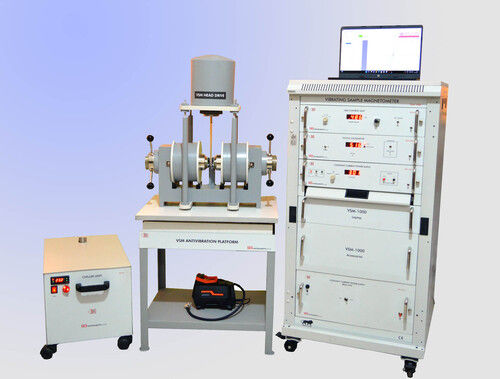


 Send Inquiry
Send Inquiry Send SMS
Send SMS
